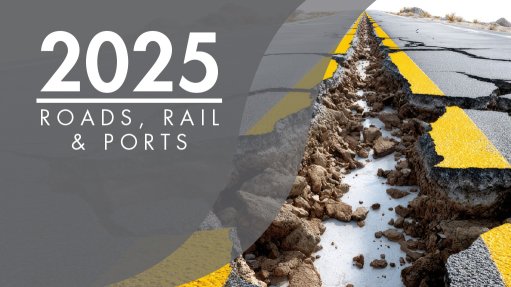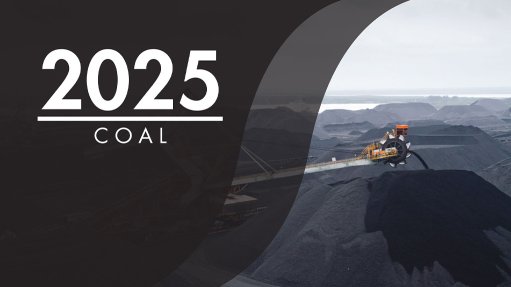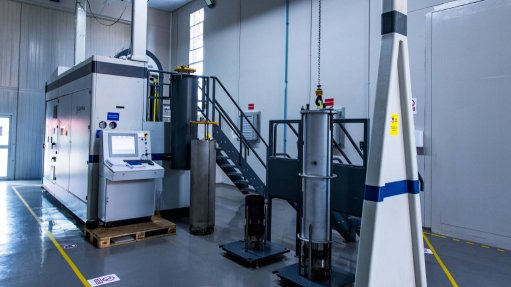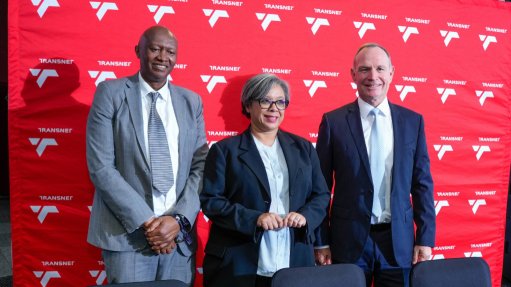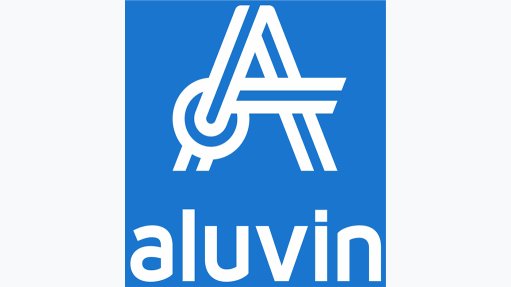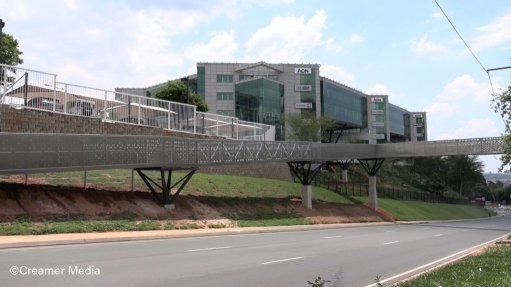Fee trade – the sequel
To fully appreciate this column, grab your calendar and calculator or prepare to do some mental maths. Start with May 16 and June 21 of 2024. How many days passed between the two dates? On both these days, the International Trade Administration Commission of South Africa (Itac) published a notice in the Government Gazette, each inviting public comment within 14 days.
The seven-page 2024 notice was titled ‘Administrative Fees Regulations’ and the 15-page 2025 notice was titled ‘Administrative Fees Guidelines’. A ‘regulation’ is a rule or directive made and maintained by an authority, while a ‘guideline’ offers general rules, principles or advice.
Until now, I have neglected to refer you to the column published on July 19, 2024, titled ‘It’s fee trade, not free trade’. However, I assume you would be interested in the monetary contribution you would need to make to deal with Itac in the future. From the previous column: “Before the promulgation of the regulations, Itac indicated that it would publish, for public comment, guidelines detailing categories and levels of fees, as well as other administrative aspects of levying these fees. No service-level agreement? It is Itac’s stated intention to set fees at levels that are in line with the actual administrative costs it incurs in performing its functions. This raises the obvious question: What exactly are Itac’s ‘actual administrative costs’?”
A further question arises: What ‘administrative fees’ would become payable. Annexure A (Schedule of Administrative Fees) in the notice serves to clarify the ‘administrative fees’ for processing each application submitted to Itac.
There are eight application types, with the proposed costs shown in brackets: import permit (R339); export permit (R339) (“Import and export permit applications may incur multiple fees, depending on the number of tariff [sub]headings associated with any request for such authorisation”); waste and scrap metal permit (R3 797); eligible production certificate (EPC) or equivalent certificate under the Automotive Production Development Programme, or APDP (R2 242); production rebate certificate (PRC) or equivalent certificate under the APDP (R5 608); company-specific percentage (CSP) certificate or equivalent certificate under the APDP (R5 327); rebate permit or certificate (R4 454); and drawback permit or certificate (R4 454).
Still have your calculator handy? If not, you might want to grab it, should you be interested in calculating what Itac could generate through its ‘administrative fees’. Now you need Itac’s Annual Report 2023/24 – its most recent.
A total of 18 879 import permits were issued, amounting to R6 399 981, while 17 207 export permits were issued, amounting to R5 833 173, and 3 797 waste and scrap metal (ferrous and nonferrous) permits were also issued, amounting to R11 615 023 – the three amounts add up to R12 233 154.
Unfortunately, I have no means of calculating the potential revenue that Itac could collect on the remaining five. I could find no reference to the EPC in the annual report. As for the PRC, the annual report refers to ‘Target achieved: the compliance level of applications received was high, resulting in quicker turnaround times.” The same reference was used for the CSP, with no mention of the rebate permit or certificate, or the drawback permit or certificate.
Would doubling the revenue for the latter five be fair or reasonable? If so, then it would amount to R24 466 308.
If you are interested in the historical and present-day number of Itac employees and the commission’s employment costs, in 2003/04, it employed 135 staff at a cost of R10 063 919 (an average of R74 547.55 per employee). In 2013/14, the staff component dropped to 122, but the costs increased to R61 108 793 (R500 891.75 on average). In 2023/24, the staff component dropped to 102. Still, the costs increased to R90 659 552 (R888 819.14 on average), with 13 employees on fixed-term contracts, 10 of whom were in core-business roles and three in support services. “Itac’s organisational structure consists of 130 approved posts, with 102 filled and 28 vacant,” it states. This equates to a vacancy rate of 21.5% as of March 31, 2024.
Based on the calculations, the ‘administrative fees’ could amount to 26.99% of Itac’s current employment budget. Another obvious question is how the additional revenue will be used.
Article Enquiry
Email Article
Save Article
Feedback
To advertise email advertising@creamermedia.co.za or click here
Comments
Press Office
Announcements
What's On
Subscribe to improve your user experience...
Option 1 (equivalent of R125 a month):
Receive a weekly copy of Creamer Media's Engineering News & Mining Weekly magazine
(print copy for those in South Africa and e-magazine for those outside of South Africa)
Receive daily email newsletters
Access to full search results
Access archive of magazine back copies
Access to Projects in Progress
Access to ONE Research Report of your choice in PDF format
Option 2 (equivalent of R375 a month):
All benefits from Option 1
PLUS
Access to Creamer Media's Research Channel Africa for ALL Research Reports, in PDF format, on various industrial and mining sectors
including Electricity; Water; Energy Transition; Hydrogen; Roads, Rail and Ports; Coal; Gold; Platinum; Battery Metals; etc.
Already a subscriber?
Forgotten your password?
Receive weekly copy of Creamer Media's Engineering News & Mining Weekly magazine (print copy for those in South Africa and e-magazine for those outside of South Africa)
➕
Recieve daily email newsletters
➕
Access to full search results
➕
Access archive of magazine back copies
➕
Access to Projects in Progress
➕
Access to ONE Research Report of your choice in PDF format
RESEARCH CHANNEL AFRICA
R4500 (equivalent of R375 a month)
SUBSCRIBEAll benefits from Option 1
➕
Access to Creamer Media's Research Channel Africa for ALL Research Reports on various industrial and mining sectors, in PDF format, including on:
Electricity
➕
Water
➕
Energy Transition
➕
Hydrogen
➕
Roads, Rail and Ports
➕
Coal
➕
Gold
➕
Platinum
➕
Battery Metals
➕
etc.
Receive all benefits from Option 1 or Option 2 delivered to numerous people at your company
➕
Multiple User names and Passwords for simultaneous log-ins
➕
Intranet integration access to all in your organisation




